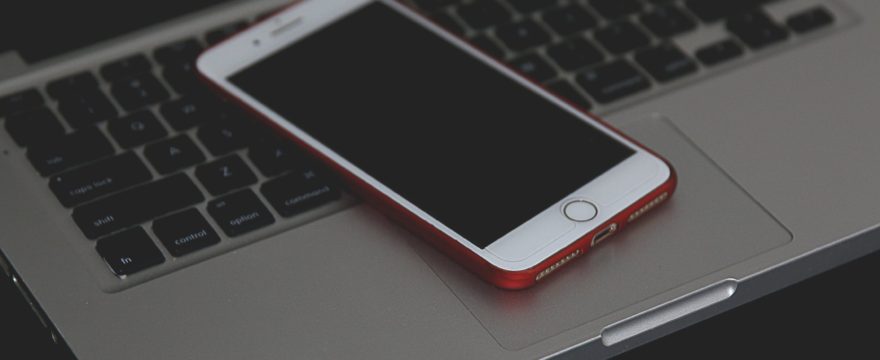A secure network, a strong password, and a proactive attitude toward cyber security practices will definitely help protect your company’s data from harmful breaches—but is it enough?
In 2020, 1 in 4 companies had a security breach stemming from a hacked email portal. Even if you think you’re doing everything you can to prevent malicious cyberattacks, something could still slip through the cracks.
Multi-factor authentication is a layered approach to securing data and only letting authorized persons access private information. Read on to learn more about the importance of multi-factor authentication.
[Related: 3 Big Reasons Email Security is Important for Your Small Business]
What is Multi-Factor Authentication?
Multi-factor authentication (also known as MFA) is a security method that prevents anyone other than the authorized user from logging in to email and other private portals.
This tool requires the user to provide two or more factors to verify their identity and allow them to log in and gain access to information. For example, rather than simply providing a username or email and password, multi-factor authentication may ask a security question, send a code via text message to your phone, or use facial or fingerprint recognition.
Types of Multi-Factor Authentication
Types of multi-factor authentication are usually composed out of any combinations of the following three categories:
- Information
- Answers to personal security questions
- Passwords
- CAPTCHA
- Possession
- Pins or codes sent to a phone
- Pins or codes sent to an email account
- Fobs or access badges
- Software certificates
- Identity
- Fingerprints
- Facial recognition
- Voice/retina biometric scanning
[Related: Tracking Pixels: How to Tell if Your Emails Are Tracking You]
These combinations of personal information and identifying factors are used to confirm your identity and give you authorization to access your data, such as your email.
Since most cybersecurity breaches don’t happen on your personal device, you typically only need to do this extra step once and choose the option “remember this device.” After that, you’ll just need the primary factors such as email address and password.
Note: Only select the “remember this device” option if it is a device you do not share with anyone else.
Why Do You Need Multi-Factor Authentication?
Multi-factor authentication has the goal of making it more difficult for a hacker or unauthorized individual to access your data through a portal that requires a log-in (such as email). In the case of MFA, even if one factor is breached, at least one or more barriers will need to be breached for a successful break-in.
Passwords can be easily compromised. In fact, around 80% of data breaches are because of poor or reused passwords. The first step to protect yourself is to choose a strong password that is a combination of letters, numbers, and symbols so that you’re giving yourself a strong first barrier. Even so, in certain cases password cracking tools can be used to find the right sequence of characters.
Many cybercriminals can find a way to access your system, which is why multi-factor authentication is so crucial to protecting your data. MFA can reduce security breaches by up to 99.9% over passwords alone.
[Related: Top Email Threats to Watch Out for in 2022]
Connect with VemaPoint and Keep Your Email Secure
At VemaPoint we believe email security is crucial for the success and safety of your small business.
VemaMail is a full, private email exchange server not hosted by any major platform. We’ll never snoop or sell your information, so you can rest assured your emails and private communication remains secure.
Check out our website or contact us today to get started!
Featured image via Pexels

[…] [Related: Importance of Multi-Factor Authentication for Email Security] […]